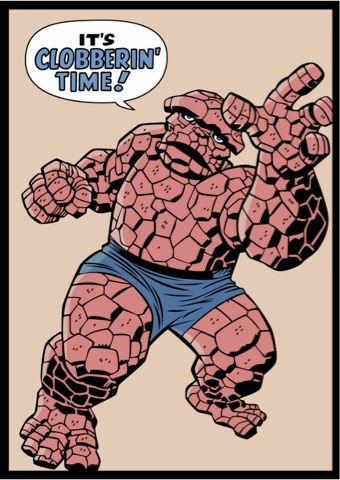 |
| Gaslight, 1944 |
She hears footsteps from above, shuffling against the attic floorboards. A framed painting suddenly vanishes from a wall. The gas-fueled flames of the chandelier flicker and dim.
She is certain it happened — but her husband assures her that she’s imagining it all. It’s her behavior that seems odd, he insists; perhaps she’s going mad? And, slowly, she begins to believe him.
This is a very specific accusation. To “gaslight” someone isn’t just to lie to them or to manipulate their emotions. It is a deliberate attempt to deceive someone into questioning their own perception of reality. (“Suddenly, I’m beginning not to trust my memory at all,” says Bergman’s character, Paula, as her faith in her senses begins to fray.)
Fortunately, some of our gaslighted heroines from fiction offer tips on how to break free of the cycle:
Either it becomes so evident that something is wrong -- as in “The Shining,” where blood pouring out of the elevator is hard to ignore -- “or you need a witness, someone who is there to help you through it and point it out.

















































